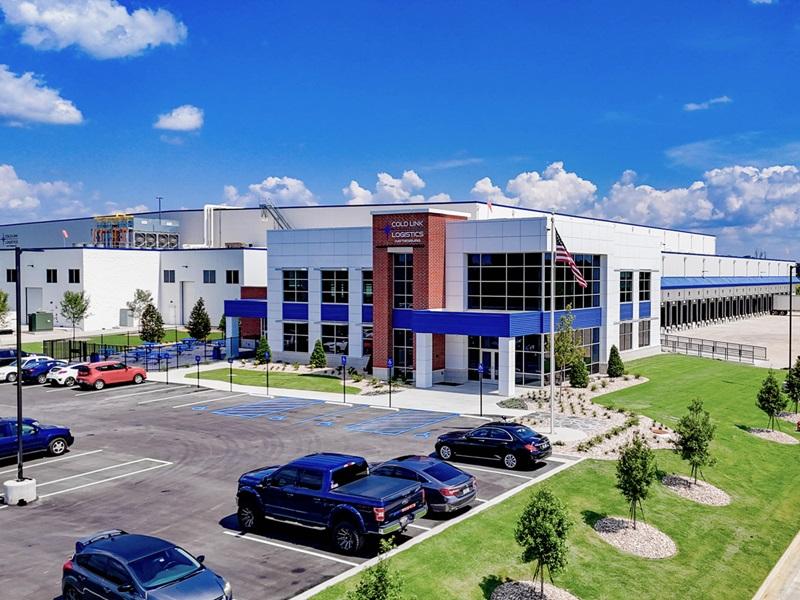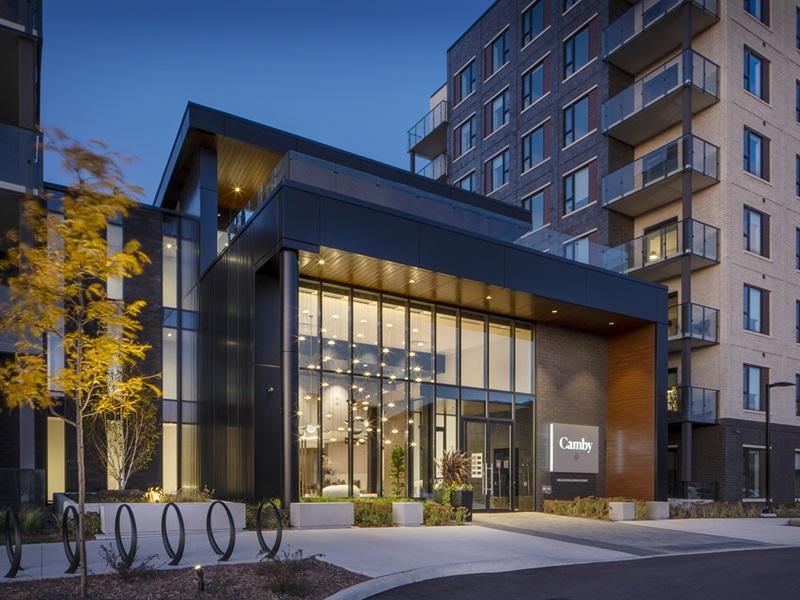I live in an older central Ottawa neighbourhood that is long-established and well-accustomed to the status quo.
My wife and I have been here since the ’80s. We didn’t then, and don’t now, favour the idea of our neighbours being bought out, their homes razed and some towering mixed-use development put in their place.
We, of course, are not alone.
But urban planners often seem to forget that people who already live in a particular neighbourhood do so for specific reasons. They didn’t come for a future development plan, but rather what is there now.
New developments do sometimes take place in existing neighbourhoods, and with care and attention, they can blend in well with the look and feel of the existing streetscape. Other times, they are unsightly carbuncles that rightly rouse an outcry from residents.
I do favour land-use policies that make more effective use of existing real estate within the urban boundary to reduce suburban sprawl and the expense of extending city services and infrastructure. But, it must be done in a reasonable way that respects neighbourhoods which already exist.
This type of redevelopment should be focused on those properties where the existing buildings have reached the end of their useful lives and something needs to be done.
Shortage of land isn’t the issue
In a city like Ottawa, the housing market continues to be dominated by low-rise and low-density housing. Compared to much of the rest of the world, one thing Canada has is a lot of land.
Ottawa is not a big city, but more like a big town. We have lots of families and families like and need to have some room.
When we exit this pandemic and people return to a conventional workplace (as many of them will), expanding rapid transit service will again be in focus to ease gridlock.
In hand with that, urban planning must also take a decentralized approach – jobs, retail and services should be located adjacent to, or within, residential areas so people don’t have to travel far.
Let’s not forget during this transitory period of web shopping and work-from-home that traffic congestion will return to be the bane of the modern city. It arises from people having to drive to work or to shop and the biggest aggravating factor is how far these destinations are from home.
Consider how different life would be if work for most people was only a short walk from home. In this unlikely scenario there would be no traffic.
Now, weigh that against the other extreme – the Department of National Defence (DND) consolidating most of its offices in the National Capital Region at the old Nortel Campus on Carling Avenue in Ottawa’s West End. Many public servants live in the East End of Ottawa and previously would head downtown to work.
Reaching the new DND campus is now twice as far (or more) of a drive, or a really long transit ride.
Time versus distance
If all the people who work at the new DND campus lived in Orleans they alone would take up the entire capacity of the Queensway (Hwy. 417) – Ottawa’s primary highway east to west – for about an hour to get to work. No one else could use that highway while that group was commuting.
So, how do we put people closer to work and create more housing in established areas of the city without ticking people off?
Instead of changing existing neighbourhoods, intensification strategies must instead look at those commercial/industrial sites where land uses are, or soon may be, obsolete.
This includes old shopping malls, retail strips, motels and gas stations, as well as air rights over new LRT lines and even movie theatres if that industry doesn’t recover from the pandemic.
There are several great examples of such mixed-use redevelopment already underway in Ottawa – along Carling Avenue with the old Lincoln Fields, Carlingwood and Westgate shopping centres, and near downtown, with Brigil’s plans for the vacant Greyhound bus terminal.
These are all ideal sites for replacement buildings with greater density, employment sources built into the redevelopment and transit right in the middle – all adjacent to, but not within, neighbourhoods current residents are trying to protect.
Land uses are not forever
It’s not just these specific sites. Any large city has major arteries where low-rise commercial development happened throughout the latter half of the previous century – aging real estate that represents untapped opportunity.
In Ottawa, for example, we see long stretches of this along arterial roads like Baseline, Innes, Montreal, Wellington, Richmond and Merivale. Little of this real estate bears any heritage value worth preserving.
Let’s not forget, land uses are seldom forever.
Take that Greyhound bus station site – before that incarnation, much of it served as the Barrette Brothers lumber yard. The redevelopment plan calls for a thousand new housing units – enough to house 2,000 or more people.
This influx of residents will help make the neighbourhood more viable for retail. (The developer is also considering a future with fewer personal automobiles and plans to reduce the parking ratio at the site as much as possible.)
In short, Ottawa has lots of land within its Greenbelt that can be better used, while at the same time providing for sympathetic redevelopment within neighbourhoods when some of the existing housing stock becomes obsolete.
Redevelopment and densification can take place without causing a shift in the nature and character of existing neighbourhoods which residents don’t want.
Ottawa, of course, is not alone in this.
Every major (and mid-sized) city in Canada has the same opportunity to balance redevelopment and densification with common sense to create more liveable, walkable communities while preserving what made established neighbourhoods such desirable places to live in the first place.
And one additional point . . .
I have written before about how the driverless car might drastically disrupt the urban landscape. While that future remains far from certain, fleets of on-demand driverless cars might become so successful the need for parking may collapse.
The majority of existing parking lots would then become obsolete, opening up hectares upon hectares of urban land for redevelopment – these locations may also be our future intensification sites.
To discuss this or any valuation topic in the context of your property, please contact me at jclark@regionalgroup.com. I am always interested in your feedback and suggestions for future articles.








